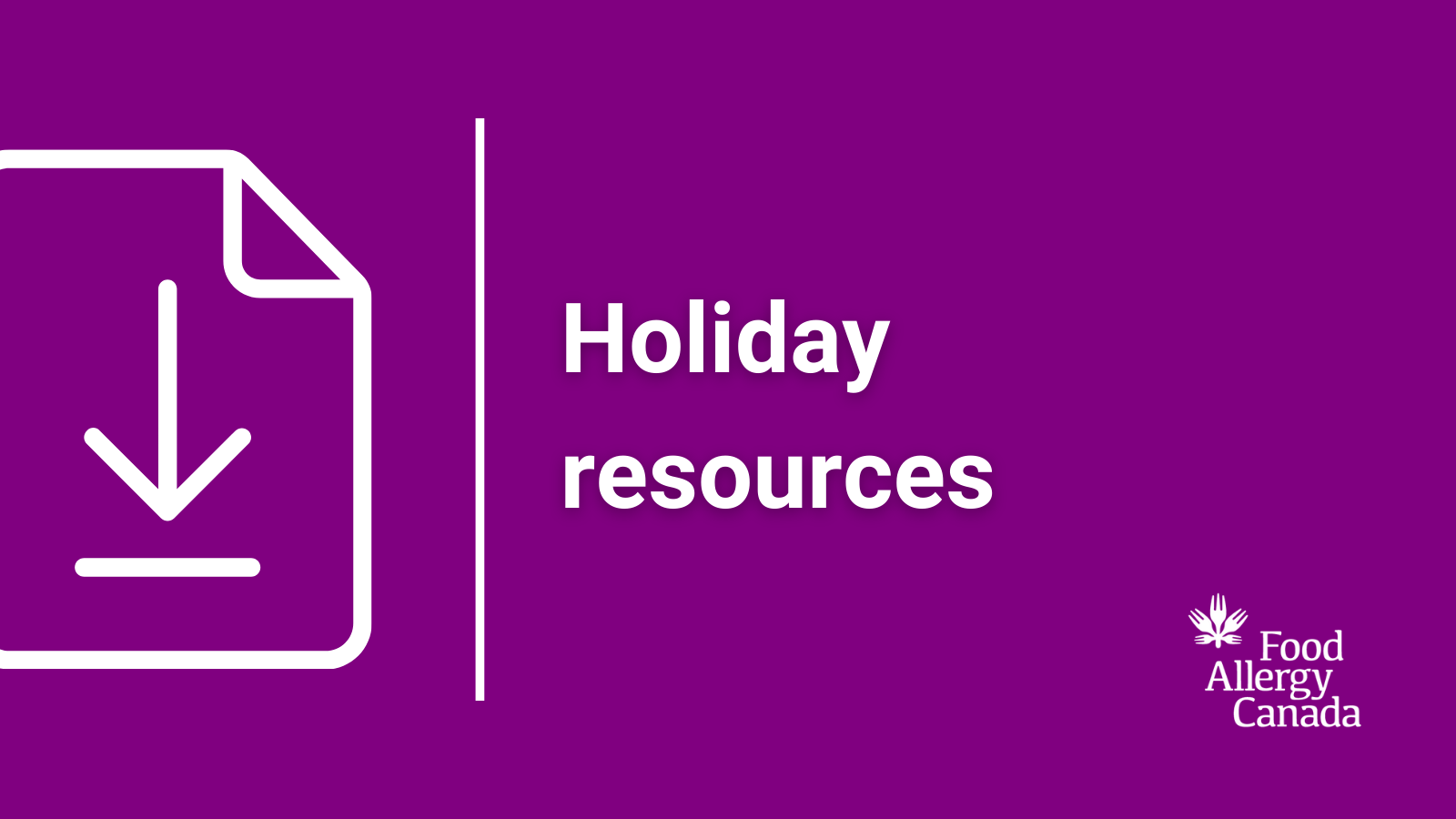The diverse nature of the foodservice industry and the high turnover rates of foodservice employees factor into the inconsistent approaches to allergen management in these settings – leaving those with food allergy vulnerable.
Despite two decades of evidence underscoring the need for stronger protection, Canada still lacks requirements for ingredient disclosure in foodservice settings, falling behind other countries.
Canadians with food allergy are not only at risk of having reactions, but have also experienced reactions when eating out.
This community relies on foodservice operators to provide access to complete and accurate ingredient information to enable safe meal choices and avoid potentially life-threatening reactions.
It’s time to bridge the gap and ensure inclusivity and safety for all.
We are at the forefront of advocating for better allergen management in the foodservice industry and have launched a new toolkit to make foodservice environments safer and more inclusive.
By providing foodservice operators with the tools and resources to manage food allergy, we are creating safer dining experiences for millions of Canadians and helping to reduce the risk of life-threatening reactions.
Yet, without consistency in practices, including training requirements and ingredient transparency, gaps in safety remain, leaving Canadians with food allergy at risk when eating out.
Here are some staggering facts:
- Recent survey results show more than half of individuals with food allergy experienced a near miss, where they ordered something that was supposed to be safe but was served to them with their allergen.
- One-third experienced a severe allergic reaction while dining out, even though in 78% of those cases, the establishment had been informed of their food allergy.




